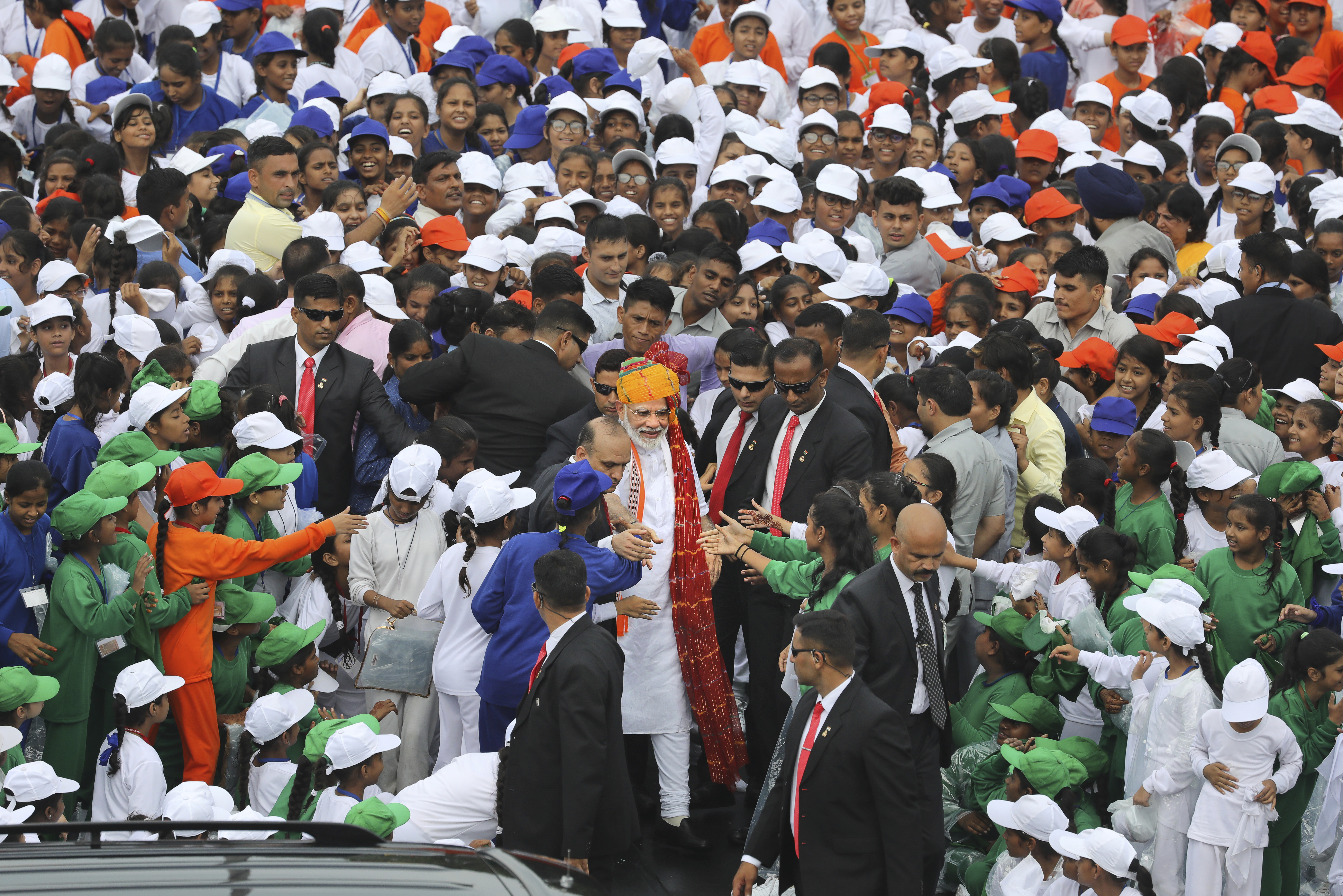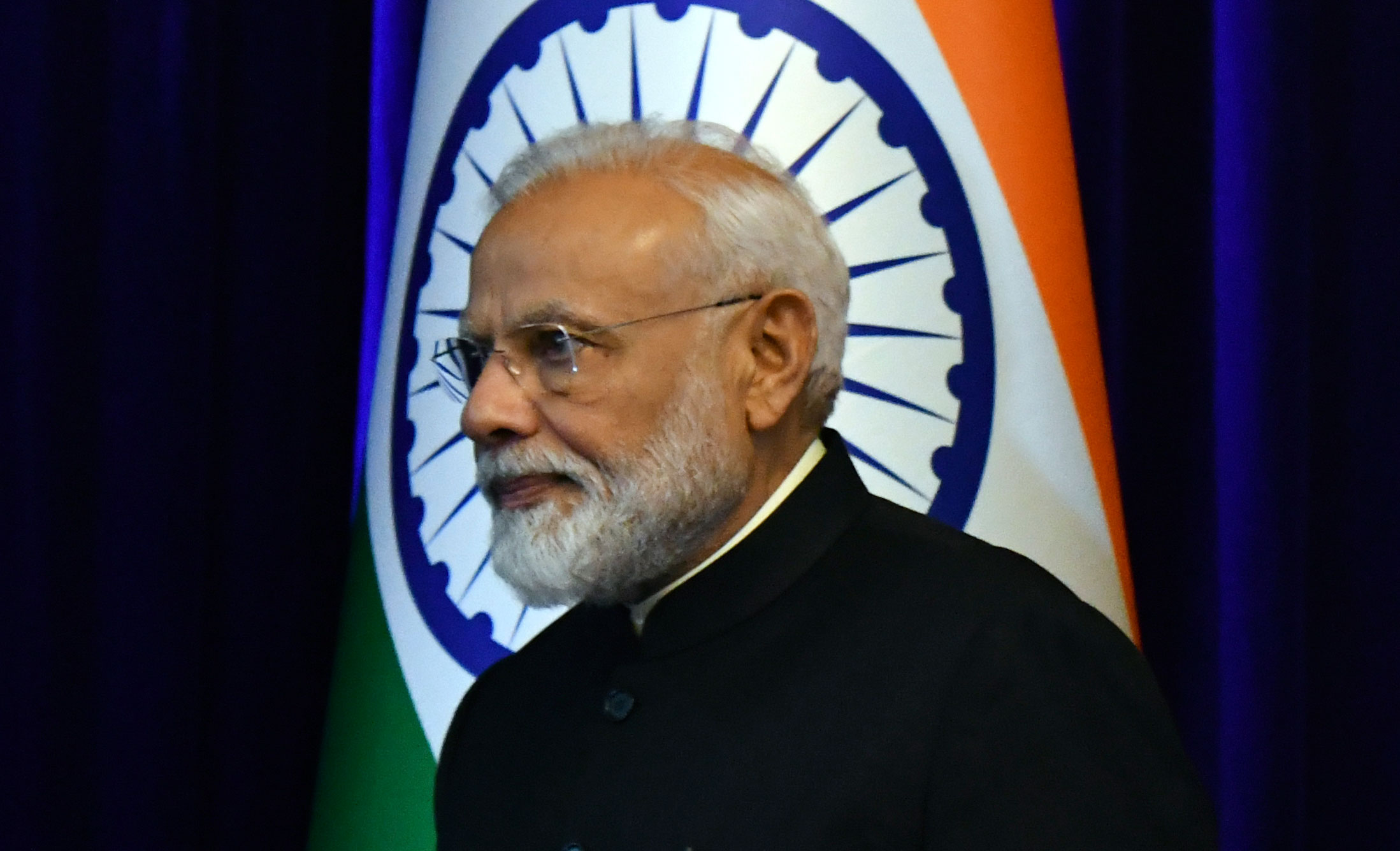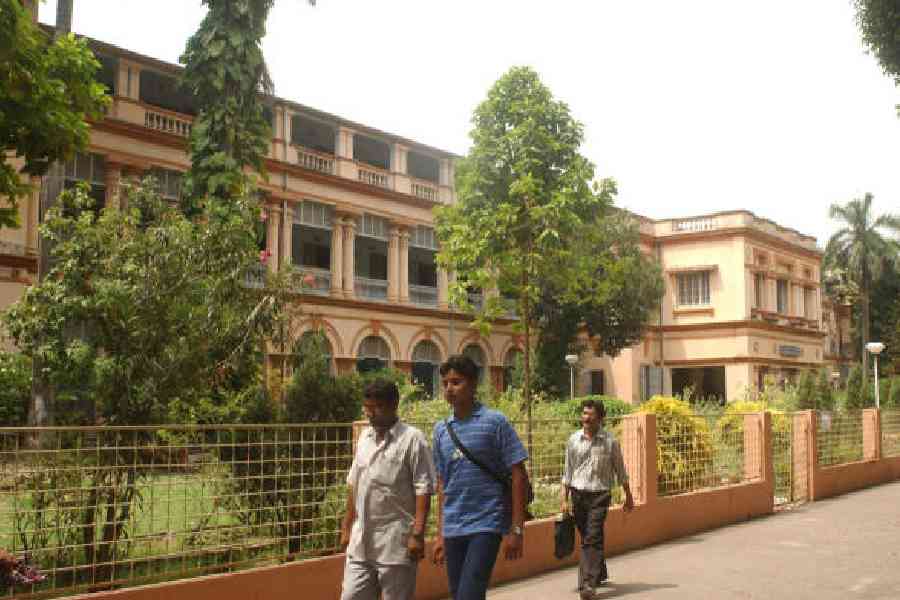India at 72 has been given the Prime Ministerial nudge to consider family planning. The announcement drew mixed reactions. Yogi Adityanath: UP copy PM; go nuclear, stay patriotic. Shiv Sena: Applause, followed by, 'I told you so'. P. Chidambaram cheered; a Delhi court recently granted him and his son Karti extended interim protection from arrest in the Aircel-Maxis case. Asaduddin Owaisi called it a “discarded and intrusive idea” to which Telangana's BJP chief spokesperson K. Krishna Saagar Rao retorted with a don't-take-it-personally. Congress spokesperson Shravan Dasoju said, “Everything is not required to be viewed from a religious point of view.”
Labia-lips
Truth be told, there is not a little flutter of the heart at the invocation of family planning. A certain name will spring to mind, a snapshot of a certain time rendered grotesque and unforgettable (even to generations born long after) by Rushdie’s portraiture of Labia-lips. And yet there is research to show there was hanky-panky happening way before. In the 2006 paper, Population Control in India: Prologue to the Emergency Period, historian Matthew Connelly writes about how archives of the United Nations agencies, World Bank, Ford Foundation and India’s ministry of health and family welfare show that in the 1950s and 1960s, coercive policies with terrible health consequences were undertaken in India “with the full cognizance of foreign consultants, and often at their explicit recommendation”. And a section of India’s elite was complicit too.
Tie and die
In 1940, Radhakamal Mukherjee submitted a report to the National Planning Committee. It cited precedents from the United States and Europe, including Nazi eugenic courts, and demanded “selectively sterilising 8 million insane and feeble-minded people” who were producing “abnormals and subnormals”. The first Five Year plan spoke of “family limitation”. In 1959, the chief secretary of Madras decided to pay people Rs 30 to undergo sterilisation and Rs 15 to “motivators”. But the cheerleaders of the programme were the foreign NGOs. From weighing possibilities of innoculating Indian women against pregnancy to linking population targets to development and food aid, their concern was dogged. William Vogt, National Director of the Planned Parenthood Federation of America, said, “It is commonly said in the Orient that we want to cut their population because we are afraid of them… But the program can be sold on the basis of the mother’s health and the health of the other children….There will be no trouble getting into foreign countries on that basis.” Between 1965 and 1967, millions of women In India were “induced” to accept intra-uterine contraceptive devices. And that is not all.
P.S: At a time when the Economic Survey (2018-19) claims population growth in India has been slowing down, the PM has warned of population explosion. Let’s hope this one does not blow up in our faces.












